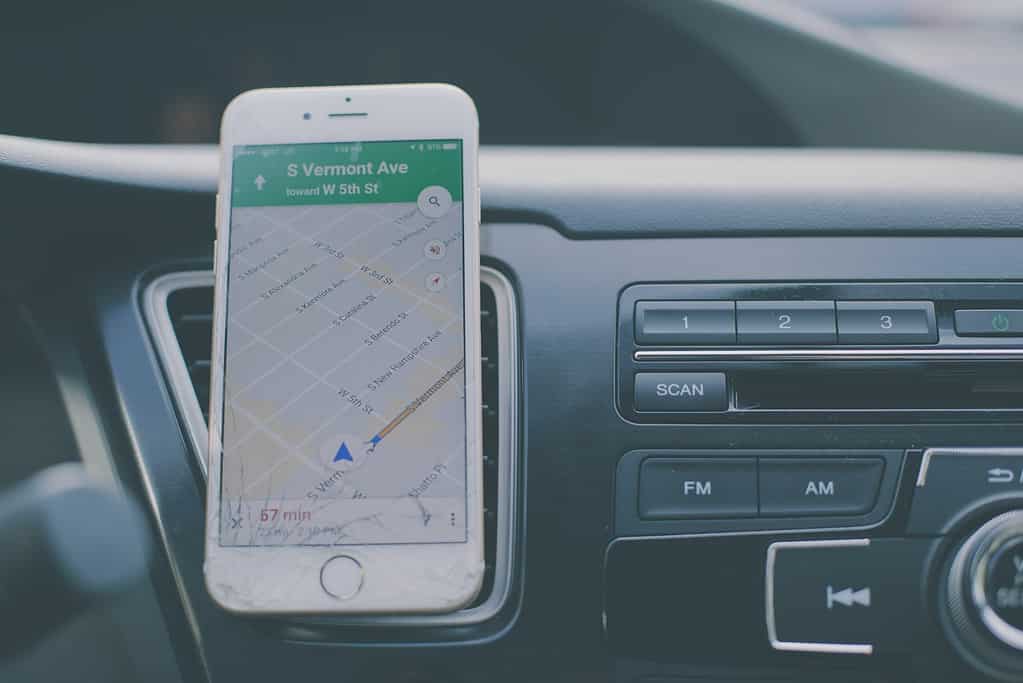When you’re going from one place to the other, it’s useful to stay alert and actively involved. Several studies have shown that this improves our spatial memory abilities and essentially works as training for the hippocampus. But what happens if you don’t? What happens if you’re just following instructions from, say, a magic rectangle in your pocket that tells you how to get to where you want to go?
According to a new study, this can have a bad effect on your spatial memory. Essentially, relying too much on GPS can affect your orientation ability.

The days of “you won’t always have a calculator around” are gone by now. If you’re reading this, you probably have not just a calculator with you at all times, but a device that can access the sum of human knowledge with ease.
This knowledge also includes GPS.
You’ve probably experienced the convenience of using GPS to navigate an unfamiliar area. It’s so immensely useful to have access to accurate maps and directions at the click of a button, but it can have downsides. This recent study found that relying too much on GPS can negatively affect your spatial memory, especially during self-guided navigation.
Researchers at McGill University presented both cross-sectional results (data collected at a defined time) and longitudinal results (data gathered on the same subjects at multiple points in time).
Study authors Louisa Dahmani and Véronique Bohbot compared how participants who use GPS habitually compare with participants who rely on GPS less when it comes to orientation tasks.
Previous research has shown that people who rely on their brain for orientation enjoy significant benefits, so it makes sense that people who rely on external aid suffer some downsides.
“When we navigate without GPS in a new environment, there are two navigation strategies that we can use that
depend on separate brain systems. One is the spatial memory strategy and involves learning the relative positions
of landmarks and serves to form a cognitive map of the environment. This strategy critically relies on the hippocampus, a brain region heavily involved in episodic memory and relational memory,” the researchers explain.
The other strategy is the stimulus-response strategy and involves learning a sequence of motor responses (e.g., turn left) from specifc positions (e.g., next corner). This strategy leads to more rigid behavior and allows us to navigate on ‘auto-pilot’ on routes that we travel frequently.”
In the first part of the study, researchers assessed the lifetime GPS experience of 50 regular drivers. They then tested various facets of spatial memory, including spatial memory strategy use, cognitive mapping, and landmark encoding using a virtual navigation task. They found that “people with greater lifetime GPS experience have worse spatial memory during self-guided navigation.” In other words, those who use GPS a lot have worse spatial memory.
Using GPS to navigate from one point to another removes the need to pay attention to our surroundings, the researchers explain. We stop paying attention to our position and surroundings.
It’s a small-scale study, but both the cross-sectional and longitudinal studies support the hypothesis that people with greater GPS habits have poorer spatial memory. It’s unlikely for the reverse (people with poorer spatial memory to use GPS more) as there was no association between GPS use or reliance and a subjectively poorer sense of direction, the researchers note.
“These findings indicate that using our sense of orientation and actively taking part in navigation allows us to maintain our spatial memory abilities and engage the hippocampus. On the other hand, not doing so may have adverse effects on spatial memory, as we have shown here, and may negatively impact the integrity of the hippocampus.”
The study was published in Scientific Reports.









